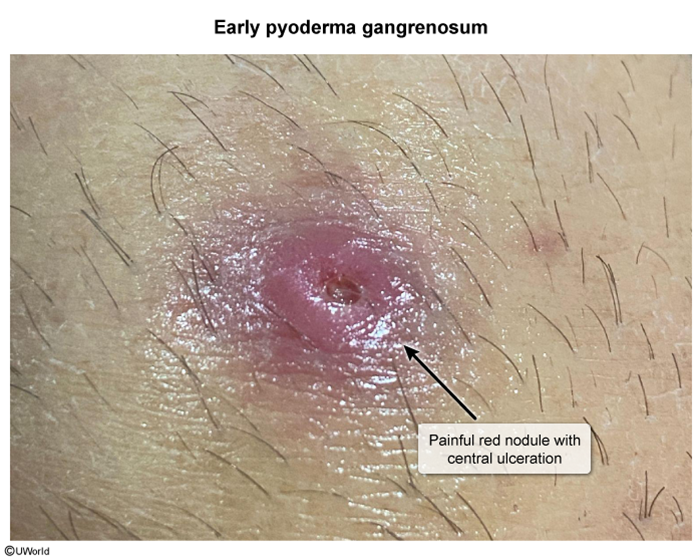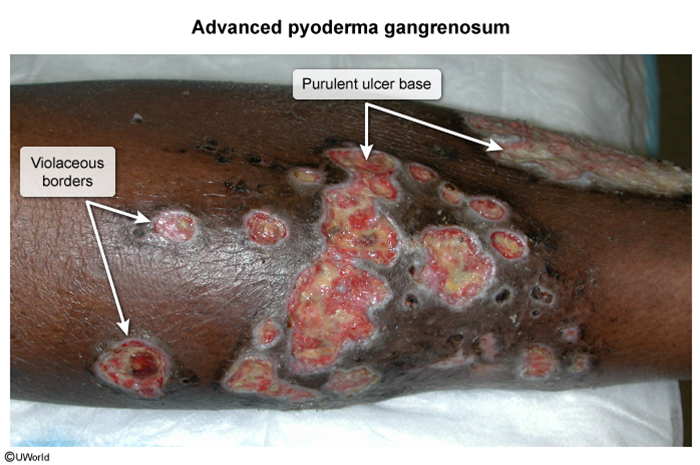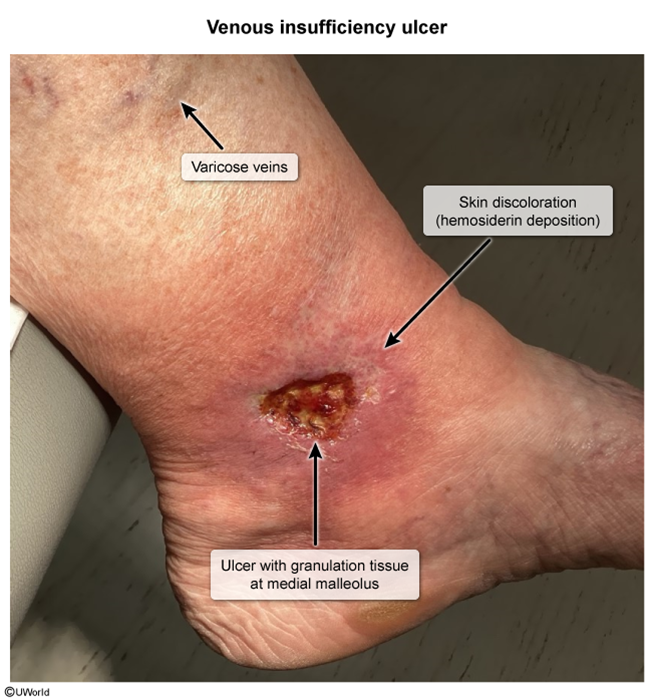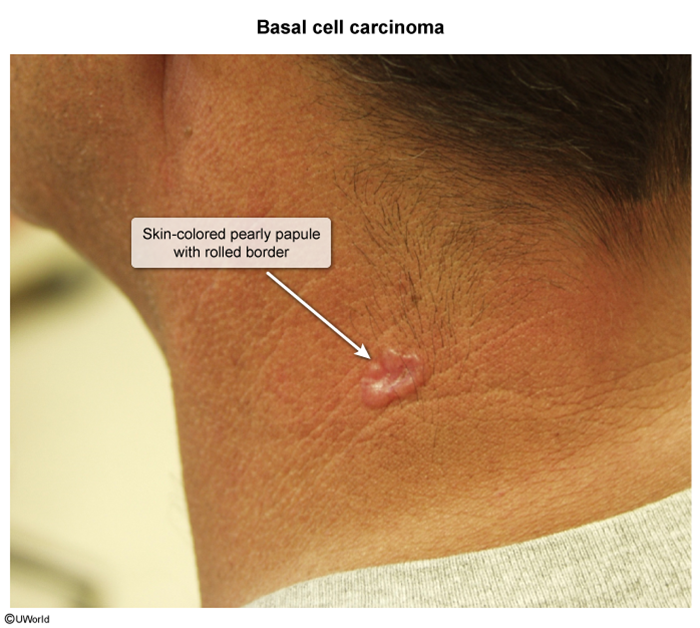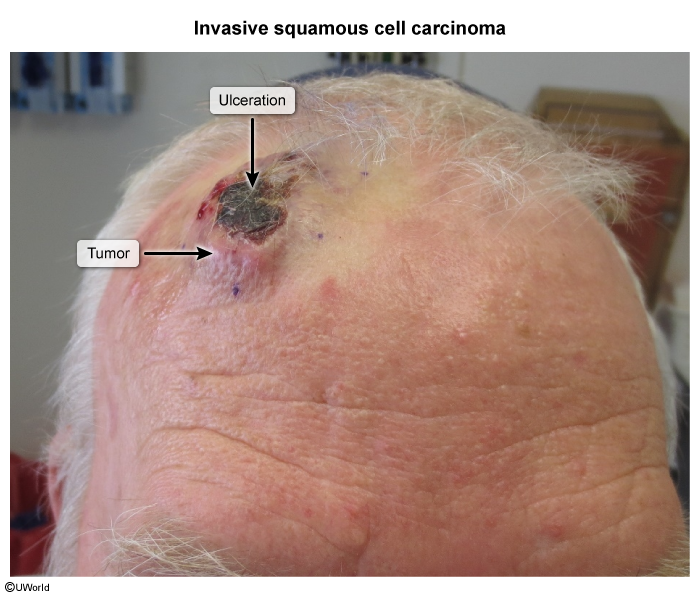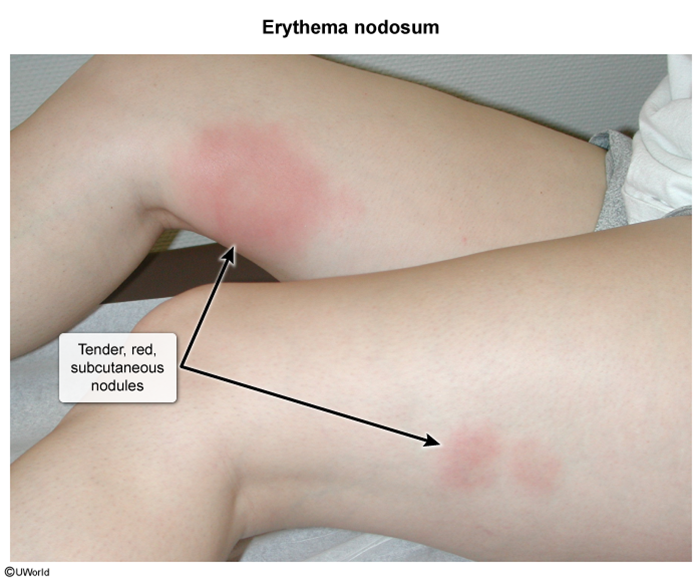Pyoderma Gangrenosum
Article Sections
Introduction
Pyoderma gangrenosum (PG) is a rare, neutrophilic dermatosis characterized by painful, rapidly progressing cutaneous ulcers with undermined borders. The etiology of PG is not fully understood, but it is commonly associated with systemic disease, including inflammatory bowel disease, rheumatoid arthritis (RA), and malignancies (eg, solid organ, hematologic).
Pathophysiology
The exact pathogenesis of PG remains unclear, although it is believed to result from proinflammatory immune dysregulation (eg, increased expression of certain interleukins) and genetic susceptibilities (eg, inflammasome mutations).
Risk factors
The risk for PG is higher in patients with the following conditions:
- Inflammatory bowel disease (eg, Crohn disease, ulcerative colitis)
- Inflammatory arthritis (eg, RA)
- Malignancy (solid organ or hematologic)
In addition, PG occurs at higher rates in young/middle-aged women.
Clinical presentation
PG starts as an inflammatory papule, pustule, bulla, or nodule (
Continue Learning with UWorld
Get the full Pyoderma Gangrenosum article plus rich visuals, real-world cases, and in-depth insights from medical experts, all available through the UWorld Medical Library.
Images
